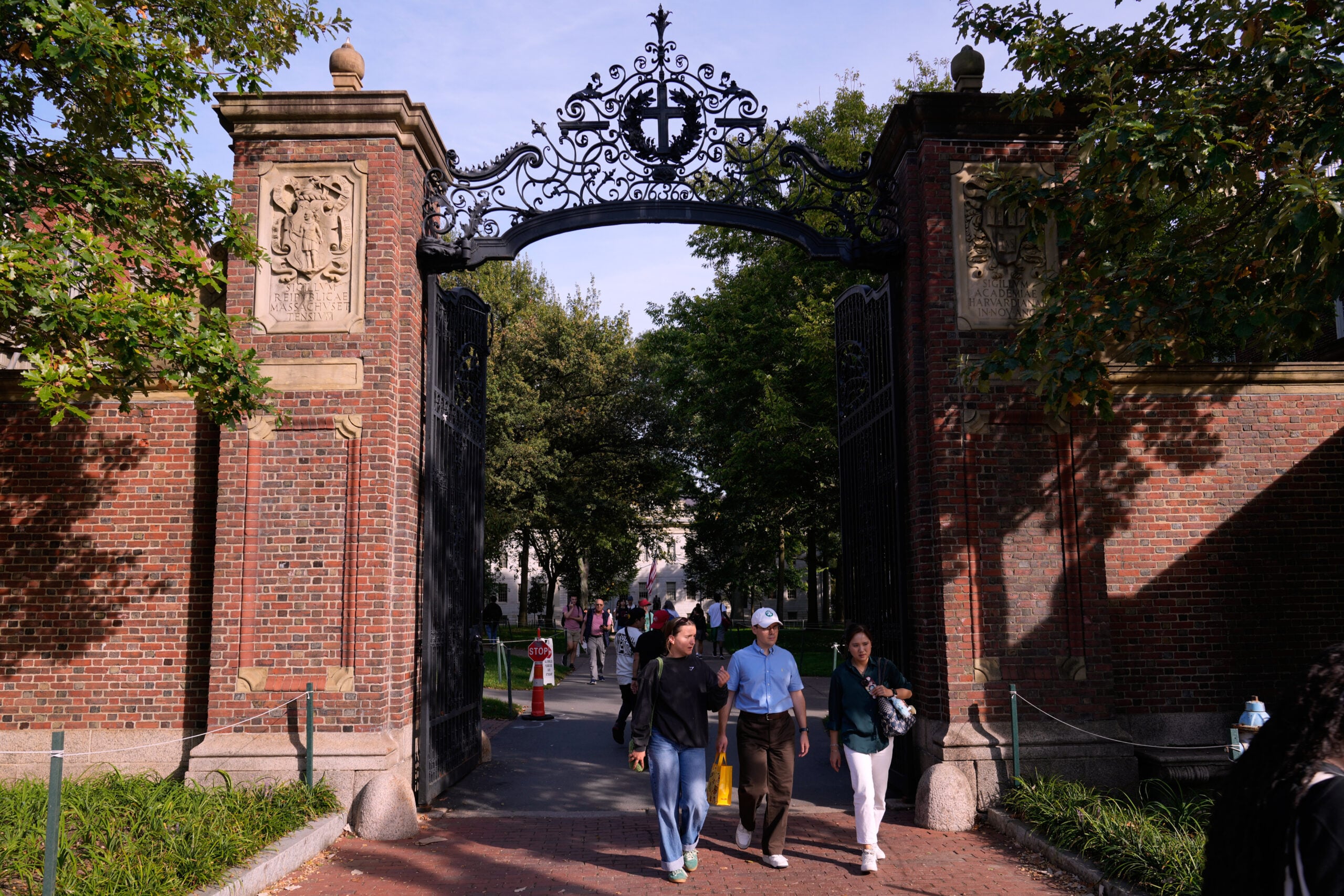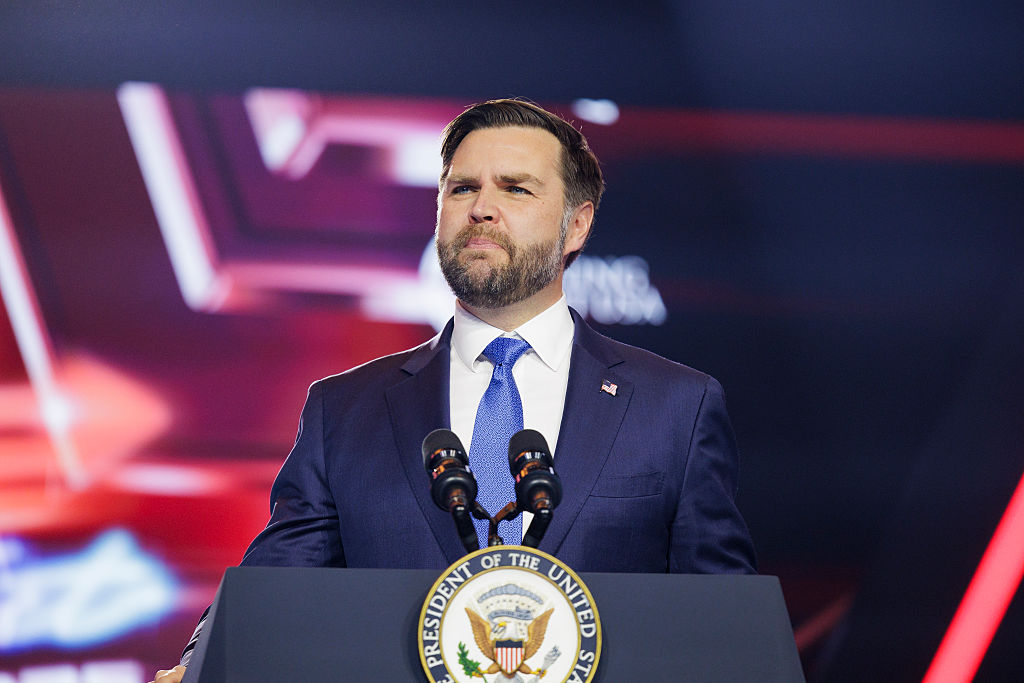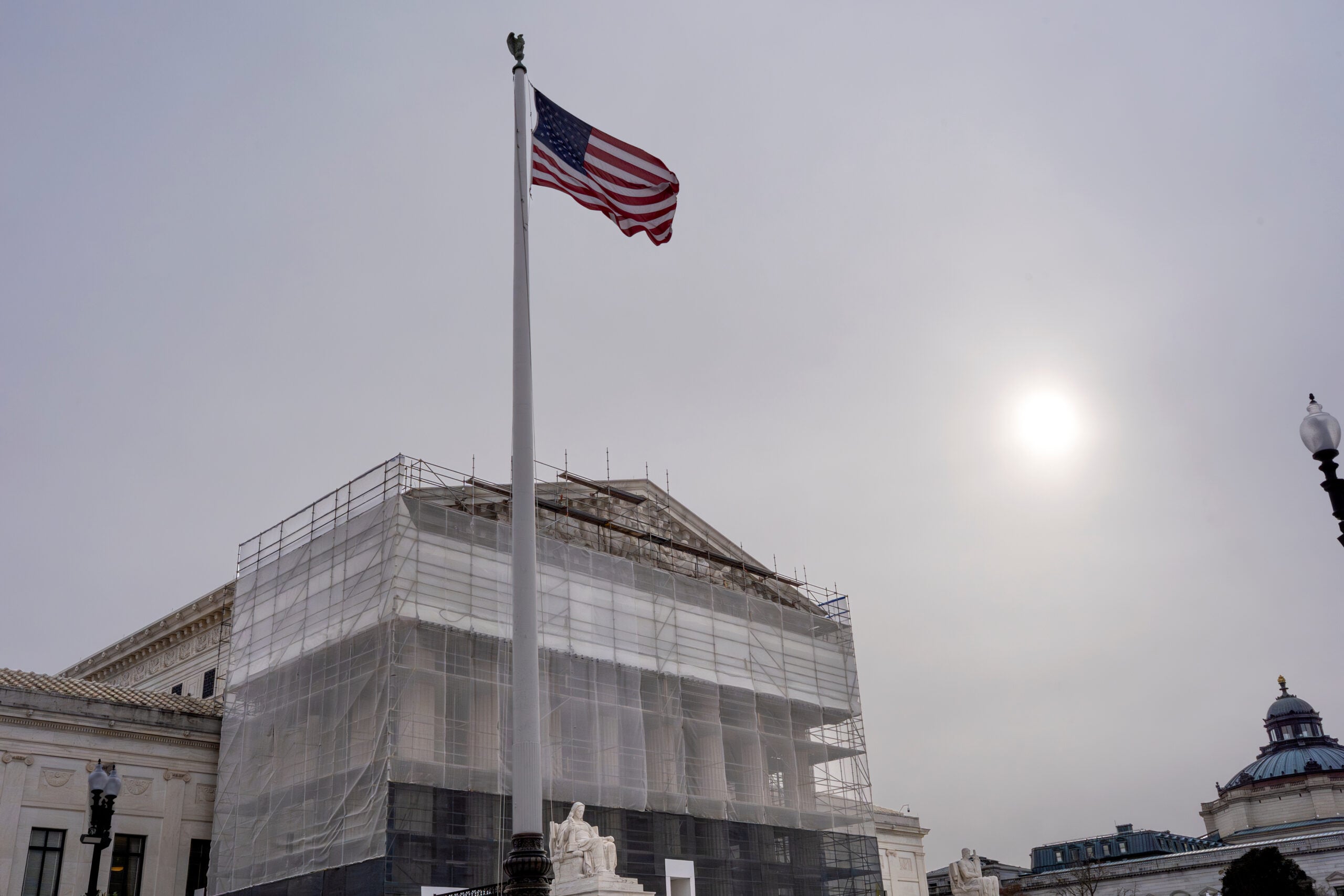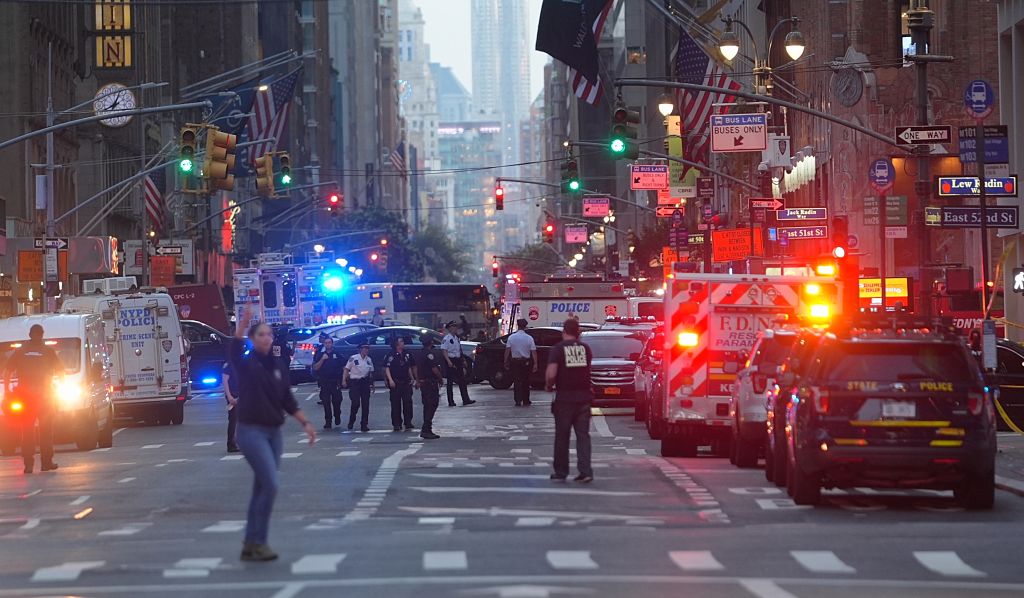Air Travel Will Still Be Hampered Despite Government Shutdown Ending

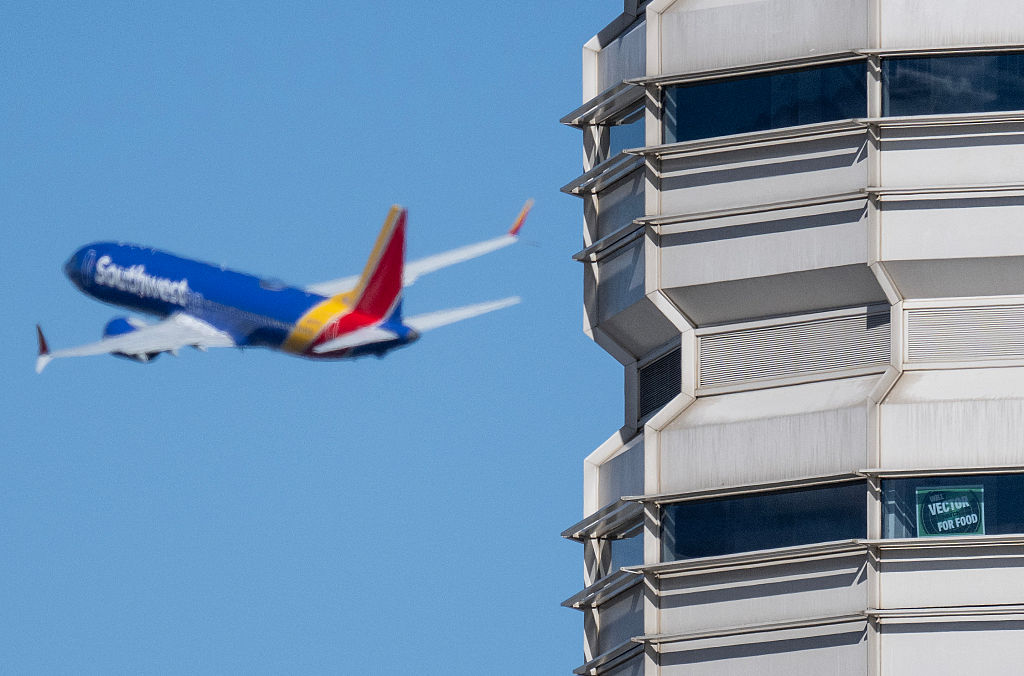
With the Senate passing a spending bill earlier this week, the ongoing government shutdown appears to be coming to a close. Despite federal agencies being set to resume normal operations, air travel is expected to take weeks, if not months, to return to normal.
According to the New York Times, airlines and airports are still operating under restrictions placed by the Federal Aviation Administration (FAA). Last week, the FAA ordered that all airlines must reduce their flights by 4% across 40 of America’s busiest airports. Even though the shutdown appears to be coming to a close this week, the FAA increased the reduction to 6% on Tuesday. Depending on how soon the government reopens, the reduction could increase to 10% and potentially affect travel over the Thanksgiving holiday.
In the immediate future, these restrictions will still impact air travel for the next few weeks. Airlines usually give travelers a week’s notice of the cancellations so they’re not left high and dry at the last minute. It’s also to ensure pilots, planes, and flight attendants are where they need to be for the flights that will go on as scheduled. One in 10 flights was canceled this Sunday, making it the fourth-worst day for flight cancellations this year. That number could be exacerbated should the FAA go through with increasing the restrictions.
“There are significant challenges with these cancellations inside an airline, because it’s not easy to cancel randomly every day on 10% of our schedules and keep preserving those cancellations,” Eash Sundaram, former chief digital and technology officer of JetBlue Airways, told CNN. “The airlines should be thinking about how hard it’s going to hit them in the next two to three weeks on the cancellations, and then the recovery process happens after that.”
The air traffic control system was already operating at reduced capacity ahead of the government shutdown. The air traffic control system is short 3,000 controllers, with the 14,000 currently employed controllers working longer, more stressful shifts through the shutdown. While Congress approved a $12.5 billion investment in modernizing the air traffic control system and employing more controllers, a letter published by a coalition of aviation professionals said “the shutdown takes all of that in the wrong direction.”
Even if the cancellations end within the next few weeks, delays could still be frequent in the coming months. Many air traffic controllers have taken up second jobs to supplement their lost income through the shutdown. Air traffic controllers were labeled essential workers, which means they were expected to work without pay throughout the shutdown.
Nick Daniels, head of the National Air Traffic Controllers Association, told CNN that it took between two and two-and-a-half months for air traffic controllers to receive their back pay during the last shutdown. Daniels said that many air traffic controllers may continue working second jobs or simply not show up to work until they receive their back pay.
Honestly? I can’t blame them. Especially when both President Donald Trump and Transportation Secretary Sean Duffy seem unsympathetic to the stress these workers have endured over the last month and a half.
Trump told air traffic controllers to “get back to work, NOW” in a Truth Social post on Monday. He also floated a potential $10,000 bonus for any air traffic controller who didn’t take time off during the shutdown, a notion Duffy cosigned. Considering that many of these workers have families and a need to put food on the table, the bonus seems like a punishment against those who may not have had a choice but to take time off. While sure, some folks may have taken time off to protest the shutdown, many of these people simply did what they needed to do to ensure their lights stayed on and their families were fed.
In addition to workers holding out for back pay, there’s also the problem that a substantial number of air traffic controllers have retired during the shutdown. Before the shutdown, air traffic controllers were retiring at a rate of about four per day. During the shutdown, that number rocketed up to 25 per day.
“It’s going to be harder for me to come back after the shutdown and have more controllers controlling the airspace,” Duffy told CNN on Sunday. “This is going to live on in air travel well beyond the time frame that this government opens back up.”
So while cancellations may ease up in the coming weeks, expect air travel to still be hampered throughout the holiday season.
SEE ALSO:
What's Your Reaction?
 Like
0
Like
0
 Dislike
0
Dislike
0
 Love
0
Love
0
 Funny
0
Funny
0
 Angry
0
Angry
0
 Sad
0
Sad
0
 Wow
0
Wow
0








